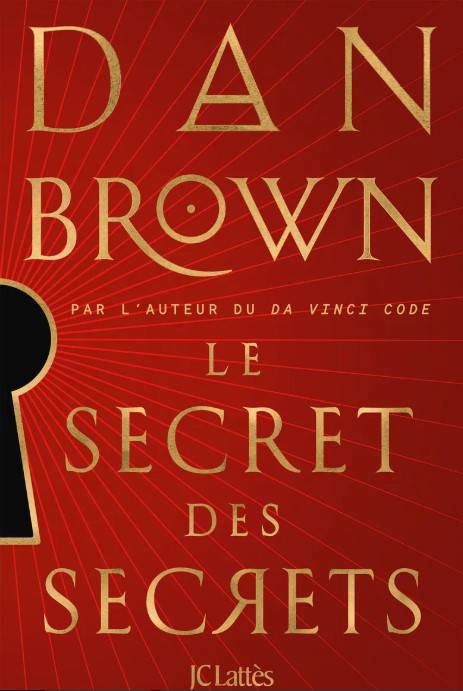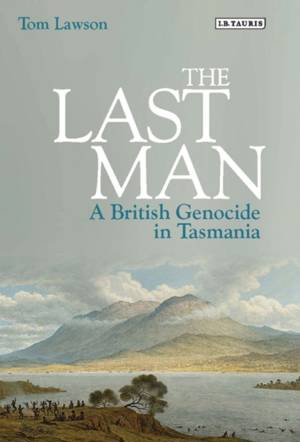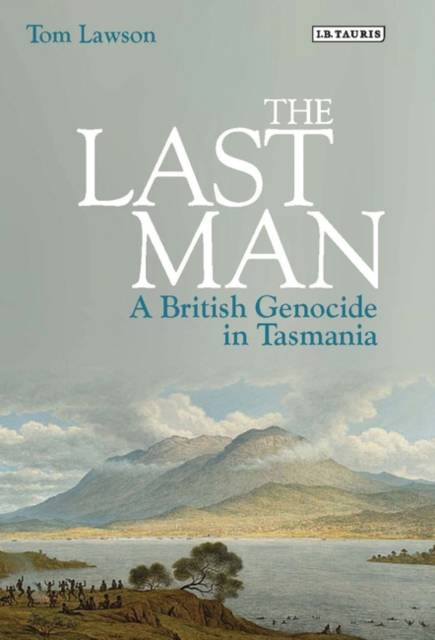
- Retrait gratuit dans votre magasin Club
- 7.000.000 titres dans notre catalogue
- Payer en toute sécurité
- Toujours un magasin près de chez vous
- Retrait gratuit dans votre magasin Club
- 7.000.0000 titres dans notre catalogue
- Payer en toute sécurité
- Toujours un magasin près de chez vous
Description
Little more than seventy years after the British settled Van Diemen's Land (later Tasmania) in 1803, the indigenous community had been virtually wiped out. Yet this genocide at the hands of the British is virtually forgotten today. The Last Man is the first book specifically to explore the role of the British government and wider British society in this genocide. It positions the destruction as a consequence of British policy, and ideology in the region. Tom Lawson shows how Britain practised cultural destruction and then came to terms with and evaded its genocidal imperial past. Although the introduction of European diseases undoubtedly contributed to the decline in the indigenous population, Lawson shows that the British government supported what was effectively the ethnic cleansing of Tasmania - particularly in the period of martial law in 1828-1832. By 1835 the vast majority of the surviving indigenous community had been deported to Flinders Island, where the British government took a keen interest in the attempt to transform them into Christians and Englishmen in a campaign of cultural genocide.
Lawson also illustrates the ways in which the destruction of indigenous Tasmanians was reflected in British culture - both at the time and since - and how it came to play a key part in forging particular versions of British imperial identity. Laments for the lost Tasmanians were a common theme in literary and museum culture, and the mistaken assumption that Tasmanians were doomed to complete extinction was an important part of the emerging science of human origins. By exploring the memory of destruction, The Last Man provides the first comprehensive picture of the British role in the destruction of the Tasmanian Aboriginal population.
Lawson also illustrates the ways in which the destruction of indigenous Tasmanians was reflected in British culture - both at the time and since - and how it came to play a key part in forging particular versions of British imperial identity. Laments for the lost Tasmanians were a common theme in literary and museum culture, and the mistaken assumption that Tasmanians were doomed to complete extinction was an important part of the emerging science of human origins. By exploring the memory of destruction, The Last Man provides the first comprehensive picture of the British role in the destruction of the Tasmanian Aboriginal population.
Spécifications
Parties prenantes
- Auteur(s) :
- Editeur:
Contenu
- Nombre de pages :
- 288
- Langue:
- Anglais
Caractéristiques
- EAN:
- 9781780766263
- Date de parution :
- 27-03-14
- Format:
- Livre relié
- Format numérique:
- Genaaid
- Dimensions :
- 145 mm x 218 mm
- Poids :
- 498 g

Les avis
Nous publions uniquement les avis qui respectent les conditions requises. Consultez nos conditions pour les avis.






